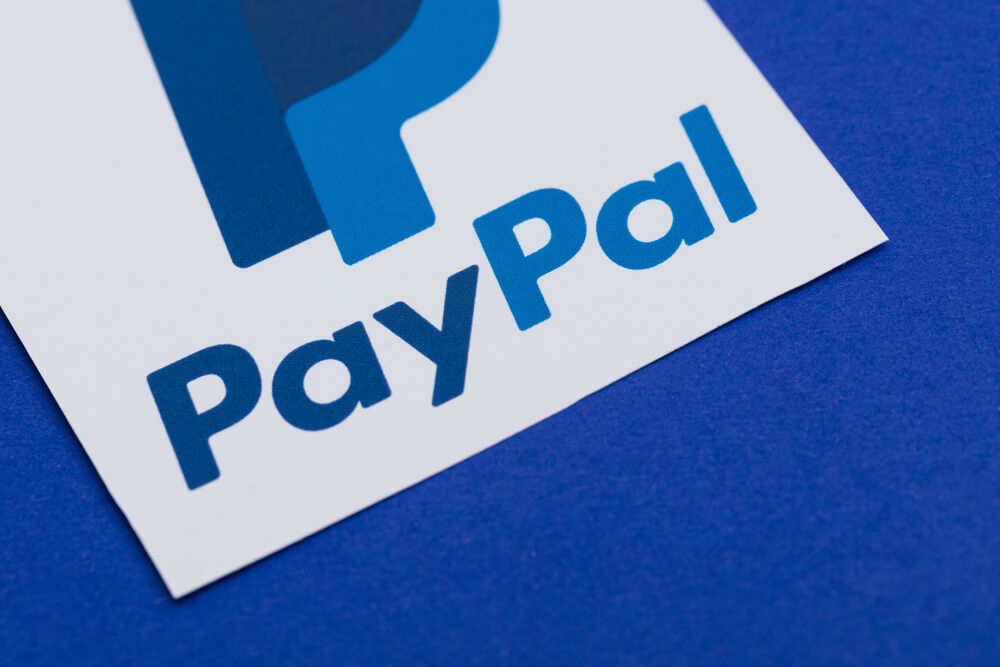Debtor-in-Possession (DIP) financing is a specialised type of funding designed to assist companies going through Chapter 11 bankruptcy of the United States Bankruptcy Code. It’s like a financial lifeline, ensuring these struggling businesses have the money to continue operating, pay essential bills, and execute plans to turn their fortunes around.
As opposed to regular loans, DIP financing gives the lender a top priority when getting repaid, making it safer for them compared to loans issued before bankruptcy.
In this article, we’ll delve into how DIP financing can be a game-changer for companies facing bankruptcy, helping them emerge stronger on the other side.
The Dilemma of DIP Financing Structures
DIP financing is usually provided through term loans, ensuring that companies receive the full money they need during bankruptcy. However, there’s a catch: the interest rates are often higher, which means companies pay more in the long run.
In the past, revolving credit facilities were commonly used for DIP financing. These are like corporate credit cards, allowing companies to borrow money up to a certain limit, pay it back, and borrow again as needed. This flexibility is a big plus—it lets companies adjust their borrowing to match their immediate needs, potentially reducing overall interest costs during bankruptcy.
Revolving credit facilities have several advantages over term loans. They offer companies a more adaptable way to finance their operations, which is crucial during the uncertainty of bankruptcy. This flexibility helps manage cash flow effectively, ensuring companies borrow only what they need when needed, minimising unnecessary debt and interest expenses.
Benefits of DIP Financing:

With an understanding of how DIP financing operates within bankruptcy proceedings, it’s vital to learn its benefits. Despite the challenges posed by financial distress, it offers a lifeline to companies in need, facilitating operational continuity and strategic reorganisation.
Here are the advantages that make DIP financing a crucial tool in the arsenal of businesses :
1. Keeping The Business Running:
DIP financing ensures companies can keep operating during bankruptcy. Without this funding, they might have to shut down, leading to a loss of trust from customers, a decline in value, and eventual liquidation. DIP financing provides the necessary cash flow to keep employees paid, buy inventory, and maintain essential operations.
2. Stabilising The Business:
Bankruptcy can shake confidence among suppliers, customers, and investors. DIP financing helps stabilise the business by showing that new financial partners believe in its future. Therefore, this vote of confidence can help retain key relationships and attract new business, setting the stage for a successful turnaround.
3. Facilitating Restructuring:
Restructuring a business in bankruptcy requires resources, including legal and financial advisors, which can be expensive. DIP financing provides the capital to engage these services, negotiate with creditors, and implement restructuring plans.
Restructuring is like a big makeover for a company. It happens when a company has money problems, like owing a lot of money, not making as much as before, or running things inefficiently. During the restructuring, the company changed how it runs, its money situation, and its organisation.
4. Offering a Competitive Edge:
Access to DIP financing can give a company a competitive edge by allowing it to continue operations and invest in critical areas. This is especially important in fast-paced industries where falling behind can harm long-term survival.
5. Ensuring a Faster Recovery:
Companies that secure DIP financing often recover more quickly after bankruptcy. The infusion of capital allows them to survive and invest in growth opportunities during the restructuring process. This proactive approach can lead to faster profitability and long-term viability return, benefiting employees, customers, and creditors.
6. Protecting Against Asset Depreciation:
Without DIP financing, companies might have to sell assets below market prices to raise funds for operations. This can lead to significant asset depreciation. DIP financing protects against this by providing liquidity to avoid fire sales, preserving the value of assets for all stakeholders.
7. Enhancing Negotiating Power:
With DIP financing in hand, companies can negotiate with creditors from a position of strength. The assurance of ongoing operations and a potential successful exit from bankruptcy make it more likely for creditors to agree to favorable terms, including debt forgiveness or extensions.
7 Steps To Obtain DIP Financing

Securing Debtor-in-Possession (DIP) financing is a critical lifeline for companies navigating bankruptcy. However, the process is intricate and demanding.
Here are the 7 steps to obtain DIP financing:
1. Initial Assessment and Preparation:
Before seeking DIP financing, a company must thoroughly assess its financial situation. This involves analysing its assets, liabilities, cash flow projections, and restructuring plans. Companies should also evaluate their eligibility for DIP financing, considering factors such as their ability to repay the loan, their restructuring plan’s feasibility, and suitable collateral availability.
2. Identification of Potential Lenders:
Once the company has assessed its financial needs and viability, it must identify potential lenders specialising in providing DIP financing. This may include banks, private equity firms, hedge funds, distressed debt investors, or specialised DIP lenders. Companies should research lenders with experience working with companies in similar situations and understand the complexities of bankruptcy proceedings.
3. Preparation of Financing Proposal:
To secure DIP financing, companies must prepare a comprehensive financing proposal outlining the terms and conditions of the loan. This proposal should include details such as the amount of financing required, proposed interest rates, collateral offered, repayment terms, and any covenants or restrictions. Companies may also need to provide financial projections, restructuring plans, and other supporting documentation to demonstrate the viability of their proposal.
4. Negotiation of Terms and Conditions:
Negotiating favourable terms and conditions is critical to securing DIP financing. Companies should be prepared to engage in detailed discussions with potential lenders to address concerns, negotiate interest rates, fees, and collateral requirements, and ensure alignment with their restructuring objectives. This may involve multiple rounds of negotiations to reach a mutually acceptable agreement.
5. Court Approval Process:
In many cases, DIP financing arrangements require approval from the bankruptcy court overseeing the case. Companies must file a motion with the court seeking approval of the financing arrangement. Furthermore, supporting documentation and evidence demonstrating the necessity and feasibility of the financing are important. The court will evaluate the proposed financing to ensure it is in the debtor’s and its stakeholders’ best interests, considering factors such as fairness, reasonableness, and feasibility.
6. Execution of Financing Agreement:
Once court approval is obtained, the company can execute the DIP financing agreement with the lender(s). This involves finalising documentation, disbursing funds, and implementing agreed-upon conditions or covenants. Companies must adhere to the terms of the financing agreement throughout the bankruptcy process, providing regular updates to lenders and complying with reporting requirements.
7. Ongoing Monitoring and Compliance:
Companies must actively monitor and manage their DIP financing arrangements throughout the bankruptcy proceedings. This includes tracking cash flow, managing collateral, and communicating regularly with lenders to ensure compliance with the terms of the financing agreement. Moreover, companies should be prepared to address any issues or challenges during restructuring. Working collaboratively with lenders is a great way to find solutions and maximise the chances of a successful outcome.
By focusing on these specific steps, companies can navigate the process of obtaining DIP financing more effectively and increase their chances of securing the necessary funding to support their restructuring efforts.
Conclusion
DIP financing is not just a lifeline for distressed companies—it’s a strategic tool that can facilitate a successful restructuring and turnaround. It plays a critical role in bankruptcy by providing the capital needed to keep the business running, stabilise operations, and support restructuring efforts.
It offers hope and a way forward for companies facing their most challenging times, benefiting all stakeholders. As such, DIP financing is an indispensable component of the Chapter 11 landscape, providing a path to recovery for struggling companies.











COMMENTS